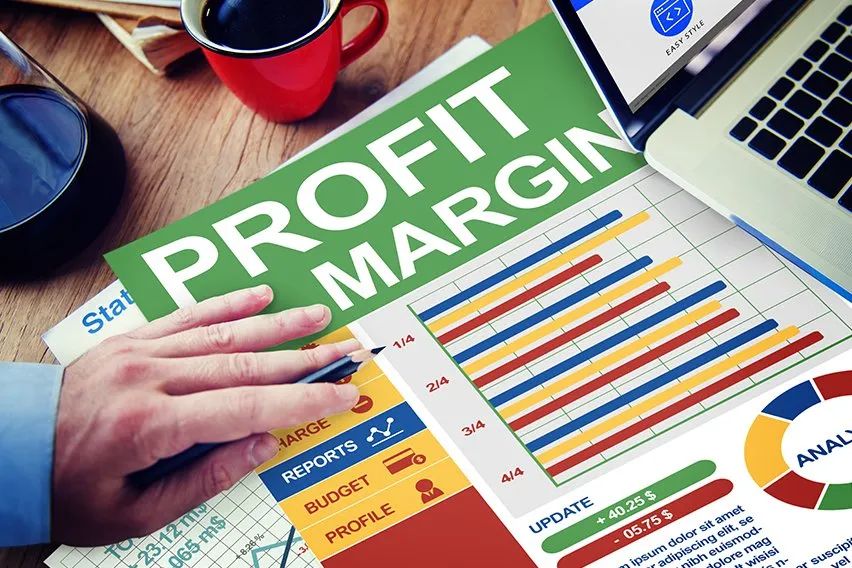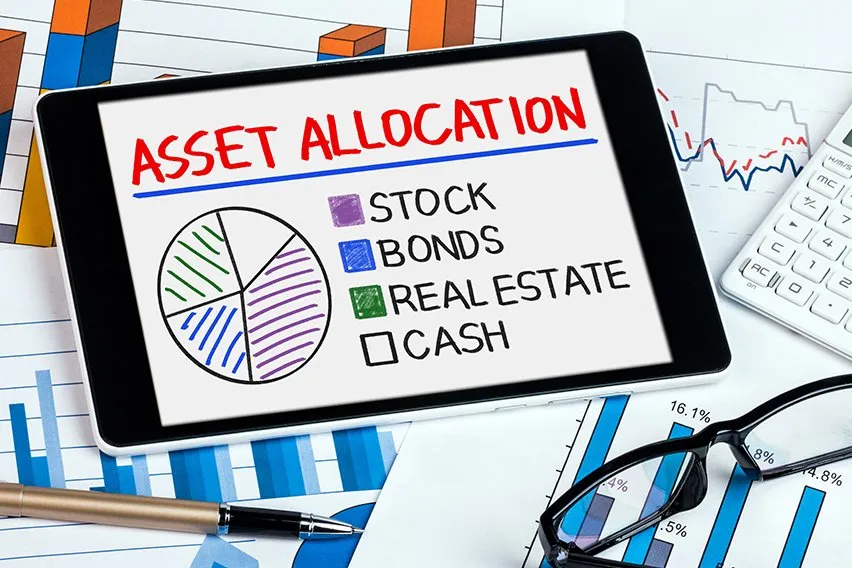VaR Formula: Learn How to Calculate Value at Risk

Are you interested in learning about value at risk?
Value at Risk (VaR) is a statistical measure of the potential loss on a portfolio. It’s an important tool for measuring and managing risk. It can be used to help determine how much capital should be allocated to a particular investment or set of investments. In this article, we will cover what VaR is, why it’s useful, and how to calculate the VaR of a portfolio using Microsoft Excel. We will discuss some common pitfalls when using VaR and its limitations. By the end of this article, you will understand what value at risk is and how to use it in your own work or business.
Here’s What We’ll Cover:
What Is Value at Risk (VaR) and Why Is It Useful?
How Can Business Owners Use VaR?
How Do You Calculate Value at Risk?
What Is Value at Risk (VaR) and Why Is It Useful?
Value at Risk is a measure of the potential loss on a portfolio over a specified time period. This is typically used when evaluating an active portfolio in terms of exceeding a specific loss threshold given normal market conditions. In other words, value at risk tells you how much money you could lose in the next day, week, month, etc. before going into a negative position.
VaR is often used in conjunction with a confidence level to determine a suitable trading loss threshold. For example, an investment portfolio manager may choose to set their risk limit at 2% of the total portfolio value. They may include this for trades involving companies with high volatility over the past year. This means that there is only a 1 in 50 chance that they will lose more than 2% of the total portfolio value over the next day, week, month, etc.
As a simple example, let’s assume that we have $100 invested across two investments. Security A and Security B. If our confidence level is at 95%, then there is only a 5% chance that we will lose more than $5. This is important because it helps us determine our risk level and make decisions accordingly.

How Can Business Owners Use VaR?
Value at risk can be used by business owners to determine their measure of risk and make certain decisions accordingly. For example, a convenience store owner may choose to only carry a certain amount of money outside due to this fact. This is because the amount of money they would lose in a robbery over a specific time period is likely less than this loss threshold or “value at risk.”
It can also be used to determine which employees are the best fit for a given position. For example, if an employee has experience in similar positions or is at risk of being fired due to low performance, then their value at risk would likely be lower than another more experienced candidates. This means that they are less likely to have a negative impact on the business and losses will be less. This makes them a better fit for that position in comparison to the other candidate.
Lastly, owners can use it when deciding which products to stock. If some products have a historical risk of sitting on the shelf for long periods of time, they can decide to try a new product instead.
How Do You Calculate Value at Risk?
There are several different approaches and methods to calculate value at risk. One popular method is to use historical data. For example, assume that we have a security with the following daily changes over the past year:
Date Daily change (positive or negative)
1/3 – 4 (loss of 2%)
2/20 – 1 (gain of 1%)
3/27 0%
2/28 – 5 (loss of 3.5%)
4/3 + 4 (gain of 4%)
4/20 + 3 (gain of 3%)
In order to calculate the value at risk for this security, we would start by calculating the mean and standard deviation of these historical returns.
We would then use the equation below to find our value at risk:
VaR=[Expected Weighted Return of the Portfolio − (z-score of the confidence interval × standard deviation of the portfolio)] × portfolio value
You can also use software like Microsoft Excel to calculate VaR.
How to Use Microsoft Excel to Calculate VaR
To use Microsoft Excel to calculate value at risk, you would start by entering the daily changes into one column of an excel spreadsheet.
Next, you will need to create a new column that calculates the mean and standard deviation of these data points. To do this, hover over each cell until it highlights blue. Use the appropriate formula from Excel to calculate your results. You can then click and drag down to fill in the mean and standard deviation for each cell.
You then need to create a new column that calculates the z-score of the confidence interval with 95% probability.
Once you have all the values calculated, you can enter in the formula above to get your final VaR value.

Pros and Cons of VaR
Value at risk is a highly practical and useful tool for businesses. For example, it can be used to determine business continuity plans and daily limits based on the expected loss rate of the company over a given time period. It can also be used as an evaluation metric when hiring new employees. Plus, it can be used when choosing between products to stock. However there are some disadvantages as well.
Pros
- Saves time
- Identifies risk management issues
- Can help identify potential issues in the future
- Helps to reduce the chances of losses
Cons
- Does not take into account the probability of extreme loss
- Does not always provide for accurate probabilities
- Can be difficult to implement in practice (requires historical data)
- Some data points can skew results
- Does not work for all types of businesses (such as service based companies)
Key Takeaways
Value at Risk is a useful tool for determining the risk of operational losses in an organization. It can be used to create business continuity plans or daily limits. It can also be used to determine which employees are best suited for positions based on their experience level and performance. Lastly, it can help owners decide what products they should stock. VaR helps businesses identify potential issues before they happen by identifying risk management concerns that may arise if left unchecked. It can also be used in the investing world for a portfolio of stocks.
However it does not take into account the probability of extreme loss nor always provide accurate probabilities when applied in practice. Value at risk requires historical data to accurately calculate values. This limits its use in some organizations such as service-based companies. Overall value at risk is an effective way to evaluate how much risk businesses are exposed to. Hopefully this article helps you better understand VaR.
RELATED ARTICLES

 What Is a Purchase Ledger Account?
What Is a Purchase Ledger Account? 5 Best Merchant Account Providers in The UK
5 Best Merchant Account Providers in The UK A Guide to Filing a Micro-Entity Balance Sheet
A Guide to Filing a Micro-Entity Balance Sheet How to Calculate Profit Margin: A Small Business Guide
How to Calculate Profit Margin: A Small Business Guide What Is the Profitability Index? Definition & Calculation
What Is the Profitability Index? Definition & Calculation What Is an Asset? Definition & Types
What Is an Asset? Definition & Types